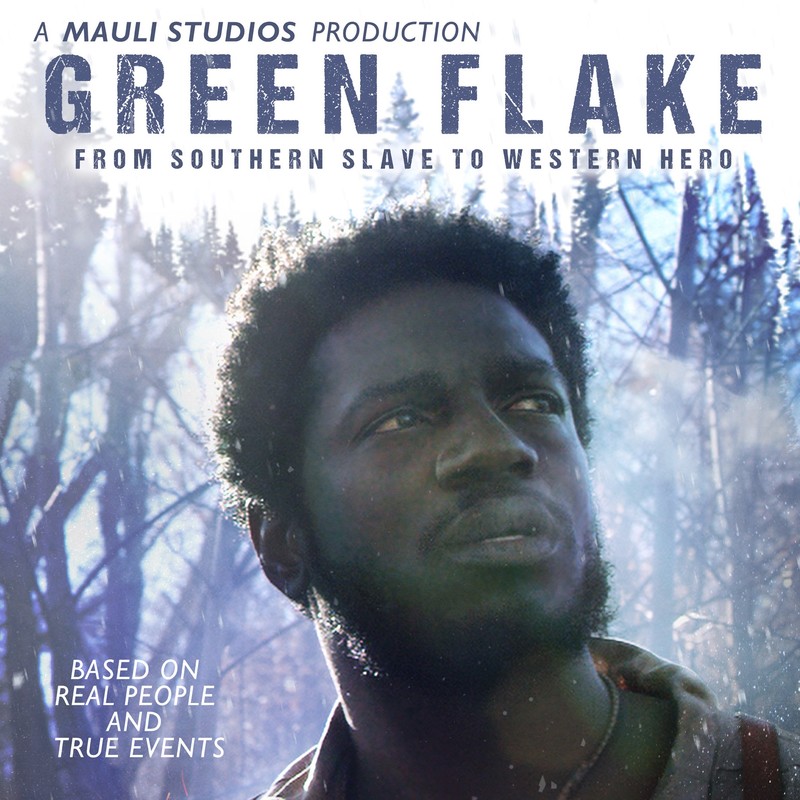 Through modern-day revelation, the Savior taught, “Be one; and if ye are not one ye are not mine” (Doctrine and Covenants 38:27). “Be One” was the name of the 90-minute event that took place at the Conference Center in Salt Lake City, Utah, on 1 June 2018. The event commemorated — through song, dance, and the spoken word — the 40th anniversary of The Church of Jesus Christ of Latter-day Saints’ June 1978 revelation that extended the blessings of the priesthood and the temple to all of God’s children.
Through modern-day revelation, the Savior taught, “Be one; and if ye are not one ye are not mine” (Doctrine and Covenants 38:27). “Be One” was the name of the 90-minute event that took place at the Conference Center in Salt Lake City, Utah, on 1 June 2018. The event commemorated — through song, dance, and the spoken word — the 40th anniversary of The Church of Jesus Christ of Latter-day Saints’ June 1978 revelation that extended the blessings of the priesthood and the temple to all of God’s children.
The famous Bonner Family were among those who participated in the program. Mauli Junior Bonner recalls, “I was learning about early Black history in the Church through that celebration, and it was incredible and inspiring.” Being a part of the event became one of the “greatest experiences of his life,” enabling him to feel united with Church leaders and members. As an African American member of the Church the experience piqued his interest in wanting to learn more about his own history, as well as early Church history. His thirst for knowledge also included wanting to know more about early Church members who were enslaved African Americans.
One of those enslaved African American pioneers of the Church was a man named Green Flake (January 6, 1828 – October 20, 1903). Green Flake was born a slave on the Jordan Flake Plantation in Madsburr, Anson County, North Carolina. At the age of ten, Green was given to Jordan Flake’s son James as a wedding present. James and Agnes Flake, their three-year-old son William, and Green (along with their other slaves) moved from North Carolina to Mississippi a few years later. In Mississippi, the Flake family met missionaries from The Church of Jesus Christ of Latter-day Saints and were soon baptized. Green Flake was baptized a member of The Church of Jesus Christ of latter-day Saints in the Mississippi River on 7 April 1844, at the age of sixteen, after being taught the gospel by his slave master, James Flake.
Green Flake was in the first company of pioneering Latter-day Saints in the trek west. He was given the task of being Brigham Young’s personal driver. He was one of the first three African American Latter-day Saints to enter the Salt Lake Valley on 22 July 1847. He was accompanied by Hark Lay and Oscar Crosby, both slaves. Flake, Lay, and Crosby were good friends and had much in common. All three were baptized members of the Church and had come from Mississippi plantations.
During a Church News podcast interview, Mauli Bonner spoke with Church historian Richard Turley on the importance of early Black pioneers. He commented, “There were human beings that endured something that I’ll never understand fully or experience, and I can draw strength from them.”
Mauli Bonner, a first-time writer, producer, and director began reading about early Church history. That venture soon led him to songwriting, and before long, he was writing the script for a full-length film. The film, His Name Is Green Flake, has been recognized as “best film” at the Venice Film Awards, the London Independent Film Awards, and the LA Film Awards. Mauli said, “Somehow, I made this film. And I knew it had to be done. That’s all that I knew.” He continued, “My personal desire is that Church history, The Church of Jesus Christ of Latter-day Saints, our rich history, can be a part of American history.”
Mauli further commented, “When we think of Joseph of Egypt; and the Jews of Israel; and Shadrach, Meshach and Abednego; Daniel in the lion’s den; they, too, shared portions of their life enslaved, like Green Flake and others. We would not dream of removing their enslavement from their story. We draw strength from that.”
According to the official website for the His Name Is Green Flake film, “there is currently a lack of visual representation of African American members who have dedicated their lives and hearts to building up Zion.” Therefore, the proceeds from the film will go towards building a permanent monument “that represents the African American contribution to the Church and to the early Utah Territory [that] will give the entire community a deeper feeling of unity and give the African American community a greater sense of belonging and inclusion.”
Enslaved members and other free African American pioneers also contributed to the building of the Salt Lake Temple, which is currently undergoing major renovations. Mauli further commented, “For them to contribute to that and not be able to realize their families being reunited in their lifetime, to not see the outcome, but to have faith that the Lord’s will be done — that strengthens me so much. That should strengthen everyone. We will never understand fully what kind of faith that takes.”







